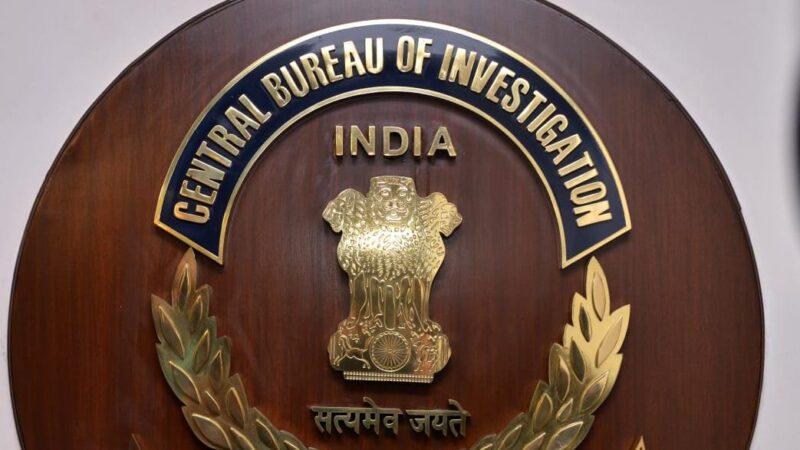
Feature: In a tumultuous trading session on Wednesday, the Indian benchmark stock indices, BSE Sensex and Nifty50, experienced significant declines, sending shockwaves through the market. The BSE Sensex, India’s leading stock index, plummeted by 1,100 points, dipping below the crucial 73,000 level, while the Nifty also saw a sharp decline below the 22,000 mark.
At the close of trading, the BSE Sensex stood at 72,761.89, down over 900 points or 1.23%, while the Nifty50 ended the day at 21,997.70, down over 330 points or 1.51%. The real impact of the downturn was felt in the smaller stocks segment, with the smallcap index witnessing a staggering 5% decline, marking its worst single-day fall since December 2022. Midcaps also suffered losses of 4%, while microcaps and SME stock indices saw drops of around 6% each.
This abrupt halt in the market’s stellar rally has raised concerns among investors and analysts alike. The market capitalization of all BSE-listed stocks plummeted by Rs 14 lakh crore to Rs 372 lakh crore, according to an ET report.
The decline in the Sensex, Nifty, and smallcaps can be attributed to several key factors. Firstly, concerns have been raised over excessive valuations, particularly in the smallcap segment, driven by the irrational exuberance of retail investors. Sebi chairperson Madhabi Puri Buch’s recent warning about froth building up in certain parts of the market has further fueled these apprehensions.
Moreover, investigations into the Mahadev Online Book illegal betting app scam have revealed a link to the stock market bubble, with shares worth Rs 1,100 crore held in demat accounts linked to alleged hawala operator Hari Shankar Tibrewala being frozen. This has added to the downward pressure on stocks.
Additionally, stock brokers have begun urging traders to liquidate their leveraged bets in mid and smallcaps in response to Sebi’s stress test and warnings about froth in the market. Furthermore, profit booking and loss harvesting ahead of the financial year-end on March 31 have also contributed to the ongoing sell-off.
Technical factors have also played a role, with the Nifty forming a long-legged Doji candle on Tuesday, failing to negate the bearish evening star pattern from the previous session. Derivatives market data has also indicated bearish sentiments, with sectors witnessing short build-up or long unwinding.
Despite a record high in the S&P500 and foreign institutional investors buying Indian stocks, the current market decline appears to be more domestic in nature. The concerns over excessive valuations, stress tests, the Mahadev betting app case, leverage cuts, profit booking, and technical factors have all contributed to the downward trend in the Sensex, Nifty, and smallcaps.
Moving forward, investors are closely monitoring developments and regulatory actions to gauge the trajectory of the market amidst the prevailing uncertainties.






